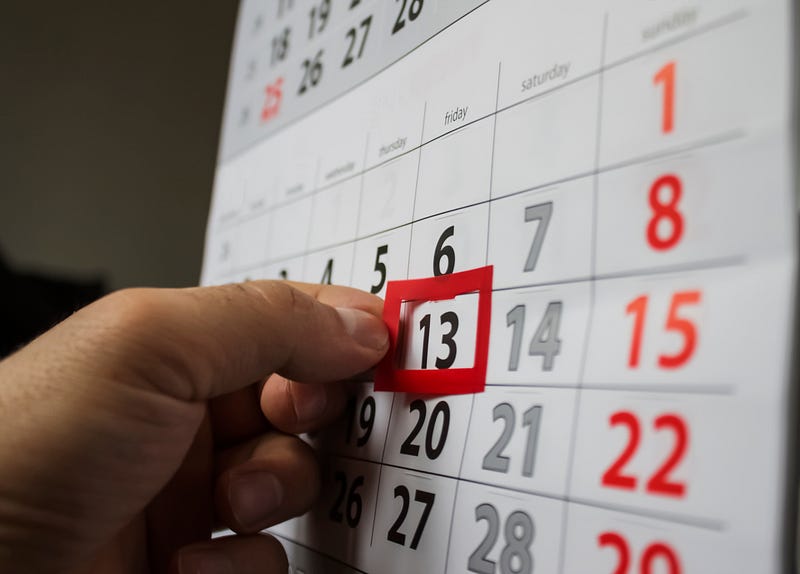Break a mirror? Psychology says not to worry
By Maya Krause, Environmental Science, 2022

Any Boston Red Sox fan will tell you about the superstition that led the baseball team to fail to win the World Series championship for 86 years. According to “the Curse of the Bambino,” the action of the Red Sox selling future superstar Babe Ruth (also known as the Bambino) to the Yankees in 1919 was the source of repeated seasons of losses for Boston and, more importantly, no championship. While this curse was broken in 2004 with the team winning the World Series, many superstitions around sports teams persist, as well as superstitions around animals, mirrors, salt, numbers, dates, and more. Where did these superstitions come from, and why are humans prone to believing them?
There is evidence of superstitions having roots as early as 5,000 years ago in Ancient Egypt. Egyptians believed that the shape of a triangle was sacred, which is why they buried their royalty in pyramids. When a ladder leans against a wall, it creates a triangular shape, and to walk through that shape would break the sacred power — hence where the superstition of walking under a ladder bringing bad luck is derived from. Another common superstition, the idea that a broken mirror will bring seven years of bad luck, originated in Ancient Rome. Its roots began with the Greek foretelling strategy of catoptromancy, where a person would look into a mirror or bowl of water to reveal their soul. If the reflection was broken, it symbolized that the person’s soul was damaged. The Romans took this symbol a step further, combining the superstition with their belief that a person’s health changes in seven year cycles.
But why do we believe in these superstitions? In 2011, psychologist Daniel Kahneman wrote in his book Thinking Fast and Slow about the theory that humans have two “systems” in which their minds think. The first, System 1, is the “Thinking Fast” system — it represents our initial reactions to the world. This is where superstitions start. System 1 tries to come up with the simplest explanations for what is going on, and often that explanation is not the most logical one. Initially, it may make more sense that the reason for the lack of success of a baseball team is a decades-long curse, and not more complicated factors such as poor management or player injuries. System 1 is also prone to confirmation bias, so initially
a person is more likely to think about the times that the superstitious behavior worked, and not the times that it didn’t.
System 2 is the slower, more logical part of the brain — the part that counteracts superstitious thought with facts. However, Jane Risen, a psychologist at the University of Chicago, wrote in Psychological Review in 2015 that people will often recognize that their superstitious behavior is illogical but continue to perform the behavior anyway. Risen argues that humans do this because, most of the time,
the cost of not completing the action, and being wrong, is far greater than the cost of completing the action.
That is, the risk of walking under the ladder and having bad luck for the rest of the day is worse than the few extra seconds it takes to walk around the ladder.
Don Saucier, associate professor of psychology at Kansas State University, has another theory as to why people believe in superstitions. He says people perform these actions in an attempt to restore control to situations that may feel out of control. By performing ritualistic behaviors, such as wearing a pair of lucky socks for an important event, a person can alleviate some anxiety or simply feel a little better about the future. Saucier also explains that if a ritualistic behavior is repeatedly shown to not be connected to the occurrence of an event, then that superstition can disappear.
So no need to avoid stepping on cracks, walking under ladders, or opening an umbrella indoors — science says the correlation with bad luck is all in your head.
Psychological Review (2015). DOI: 10.1037/rev0000017
Thinking Fast and Slow (2011): ISBN 978–0374275631.
